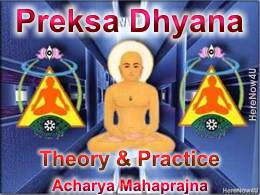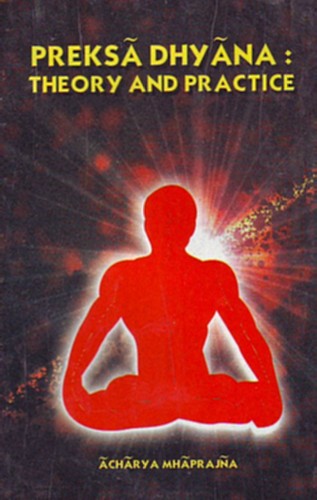
Preksa-dhyana is a comprehensive system of meditation. Though perception and awareness are primarily used for concentration, concentration of thought i.e. contemplation is not excluded. Thus, the system of preksa-dhyana bifurcates into
- concentration of perception, and
- concentration of thought, ie. "preksa' and "anupreksa".
In the former technique of meditation, perception is primarily used for concentration, while in the latter the conscious mind is encouraged to concentrate on a thinking process, i.e. contemplation. Both techniques are competent to develop practitioner's reasoning and modify one's attitude and behaviour.
Whenever one concentrates on a single theme and takes a purely objective view, acuity of his cognition increases manifold. Ancient philosophers used this technique extensively for realizing the truth. Modern science also uses this process to ascertain the ultimate structure of the material universe. Practice of contemplation is twofold:
- Contemplation and reflection on a single theme.
- Auto-suggestion and repeated recitation (japa) of a selected syllable (mantra) or a slogan.
Contemplation of eternal truth such as "transitoriness" (anitya anupreksa), "solitariness" (ekatva anupreksa) etc. comprise the first kind and is necessary to reinforce the power of the reasoning mind.
Eradication of psychological distortions such as irrational fear by auto-suggestion is an example of the second kind.
Relaxation and the motionless posture of the body are essential pre-conditions in both kinds of exercise.
 Acharya Mahaprajna
Acharya Mahaprajna

